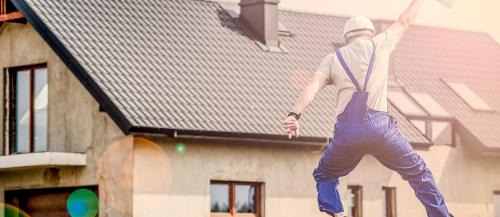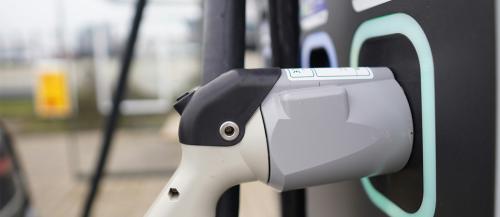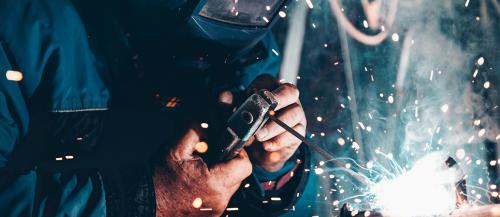Stainless steel is a valuable material that is used in a wide range of industries including construction, manufacturing, home DIY, and garden products; the list goes on! The demand for stainless steel increases every year, with the World Steel Association estimating a 1-2% increase within 2023. However, as stainless steel is a metal alloy, it is composed of many elements that are also becoming high in demand. For example, stainless steel is composed of elements such as iron, carbon, chromium, and nickel, which are finite resources that need to be conserved. Therefore, recycling stainless steel is not only economically beneficial but also environmentally responsible, and luckily for us, 100% of it can be reused!
Here at BS Fixings, we are incredibly conscious of our sustainability choices and as a company that specialises in stainless steel products, we encourage the recycling of the alloy. In this blog post, we will explore the processes of how stainless steel is recycled and repurposed.
Some interesting facts about the sustainability of stainless steel
- Not only is it 100% recyclable, but it can infinitely be reused without losing any of its properties such as strength, durability, and corrosion resistance.
- It is one of the most recycled materials in the world! On average, around 60% of any stainless steel product is made out of repurposed materials.
- According to the American Iron and Steel Institute, recycling one tonne of stainless steel conserves approximately 2,500 pounds of iron ore, 1,400 pounds of coal, and 120 pounds of limestone.
- The construction industry has a track record of using 100% recycled stainless steel.
The process of recycling stainless steel
The typical process of recycling stainless steel involves several steps, which are as follows:
- Collection
The first step in the recycling process is the collection of stainless steel scrap. Stainless steel scrap can be obtained from various sources, such as industrial waste, construction sites, and household appliances. The scrap is then distributed into two categories, reclaimed scrap and industrial scrap. As the name might suggest, reclaimed scrap is pieces of stainless steel that have been used before, whilst industrial scrap is leftovers or excess from the manufacturing process of creating products.
- Sorting
Once the scrap has been collected, it can be recycled at a facility where it is sorted based on its composition and quality. This is done to ensure that the recycled stainless steel meets the required specifications. The sorting process involves using magnets to separate ferrous metals from non-ferrous metals.
- Shredding
The next step is shredding, where the stainless steel scrap is broken down into smaller pieces using a shredder to ensure they can all be processed easily. The shredder uses high-speed rotating blades to cut the scrap into small pieces. They are then stored and chemically analysed by type, which might include ‘blending’ the scraps into chrome steels, nickel alloys, and other variations of stainless steel.
- Melting
After shredding, the stainless steel pieces are melted in an electric arc or induction furnace to liquid form. The steel pieces are heated to temperatures up to 3,000°C, depending on the size and quantity of the metal scraps.
- Refining
Once it has been melted, it has to be refined to remove any impurities and contaminants. To remove impurities, the process of electrolysis is used, or a magnet can be run over the melted metal.
- Casting
After refining, the stainless steel is cast into different shapes, such as bars, sheets, and coils. The casting process involves pouring the molten stainless steel into moulds, which are then cooled and solidified.
- Finishing
Finally, the recycled stainless steel undergoes different finishing processes such as polishing, grinding, and coating to make the products shiny again. These processes give the stainless steel its final appearance and surface properties.
Recycling stainless steel is a crucial process that not only conserves natural resources but also reduces the energy required to produce new stainless steel. If we all recycle, we can contribute to a more sustainable future and ensure that this valuable material is used efficiently!
Here at BS Fixings, many of our products are manufactured out of recycled steel, including some of our most popular products:
Stainless Steel Tying Wire - Grade 304 (20 Kg Coils) | BS Fixings
A2 Stainless Steel Pozidrive Screws | BS Fixings
Timber Frame Wall Tie (Pack of 250) | BS Fixings
Please feel free to browse our fantastic range of stainless steel products on our website today, or if you have any questions, contact us on 03330 117818 and we will be more than happy to help!






